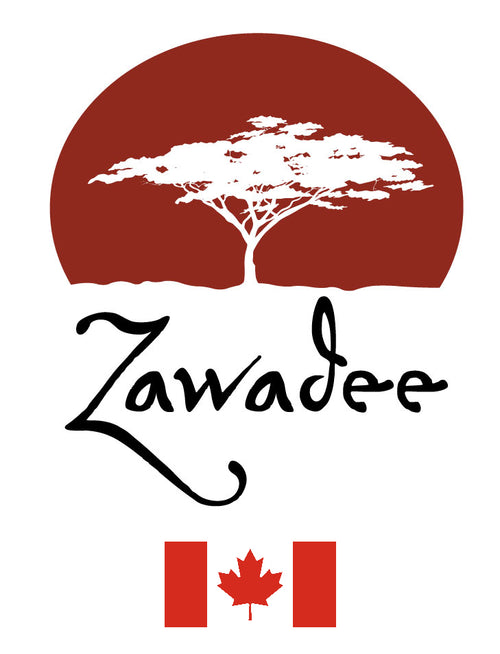Got To Go There - The Magic of the KwaZulu Natal
The KwaZulu Natal is about as eclectic a place as you can find. That's part of what makes it so interesting.
 Source: Creative Commons, Labeled for Reuse
Source: Creative Commons, Labeled for Reuse
Rough and magical, smart and sophisticated, rural and urban, the KwaZulu Natal is a symphony of differences. Shabby suburbs nestle cheek to cheek with upscale malls. Beautiful beaches contrast with dramatic mountains and dry savannahs. African life beats a vigorous counterpoint in markets to the quieter and more pastoral settings in the rural areas.
Traditional Zulu culture is front and center. Indeed, KwaZulu means "place of the Zulu".
Known as the "garden province" of South Africa, it was created very recently. In 1994, the Zulu bantustan of KwaZulu merged with Natal province.
Boasting a long shoreline along the Indian Ocean, the province borders Mozambique, Swaziland and Lesotho. Beaches are well known to be world-class quality.

Source: Creative Commons, Labeled for Reuse
Many notable figures of South Africa were born in the KwaZulu Natal. Albert Luthuli was the first non-white person (as well as the first person from outside Europe and the Americas) to win the Nobel Peace Prize (1960). Bhambatha was a 19th century Zulu chief who became an anti-apartheid icon.
The province is home to two Unesco World Heritage sites - the iSimangaliso Wetland Park and the uKhahlamba Drakensberg Park.

Hippos in the water at iSimangaliso Wetland Park Source: Creative Commons, Labeled for Reuse
The KwaZulu Natal is home to the Zulu monarchy and the majority of the population and the language is Zulu. The monarch is King Goodwill Zwelithini kaBhekuzulu. Although the Zulu monarchy has no direct political power, the king holds considerable influence on the more traditional Zulu population. Interestingly, a ceremony is performed every year, adding another wife in marriage to the king. This was actually a method for creating connections among the various peoples! The ceremony is called the "Reed Dance". The current king has not added any new wives recently as he promotes abstinence until marriage as a way of both preserving Zulu culture and preventing the spread of HIV. Game reserves abound. Bird watching, elephant and hippo sighting, white rhinos, giraffes - the province is teeming with fascinating flora and fauna! The Hluhluwe Umfolosi Game Reserve seems to be a bit of a "one stop shop" for those wishing to observe African animals. Home to the "Big Five" (elephant, buffalo, lion, rhino and leopard), the Hluhluwe Umfolosi is also a great place to spot prolific birdlife.This prestigious reserve is famous for bringing the White Rhino numbers back from extinction and continued advances in setting benchmarks in conservation. Through careful management, the rhinos have multiplied and are exported to other reserves.

Elephants at Hluhluwe Umfolosi Game Reserve Source: Creative Commons, Labeled for Reuse
As you can see. the KwaZulu Natal is high on our list of "Got To Go There" places.
The Ardmore Collection
On Springvale Farm, located in the KwaZulu-Natal (South Africa), a most astounding art studio is found. Ardmore Ceramics has been acknowledged by the acclaimed auction house - Christie's - as producers of "modern day collectibles". Styled in an exuberant, exotic (even, may we say, whimsical style), the ceramics produced by this remarkable atelier are superb examples of design and craftsmanship. Often inspired by wildlife, Ardmore Ceramics have been exhibited in leading galleries and collections around the world, including The Museum of Art & Design in New York and The Museum of Cultures in Basel (Switzerland). Ardmore's modern art style breaks ceramic conventions, using techniques resulting from years of experimentation with materials and processes. The vibrant colours and enormous attention to detail are simply superb.Shop Ardmore
Shop Ardmore












